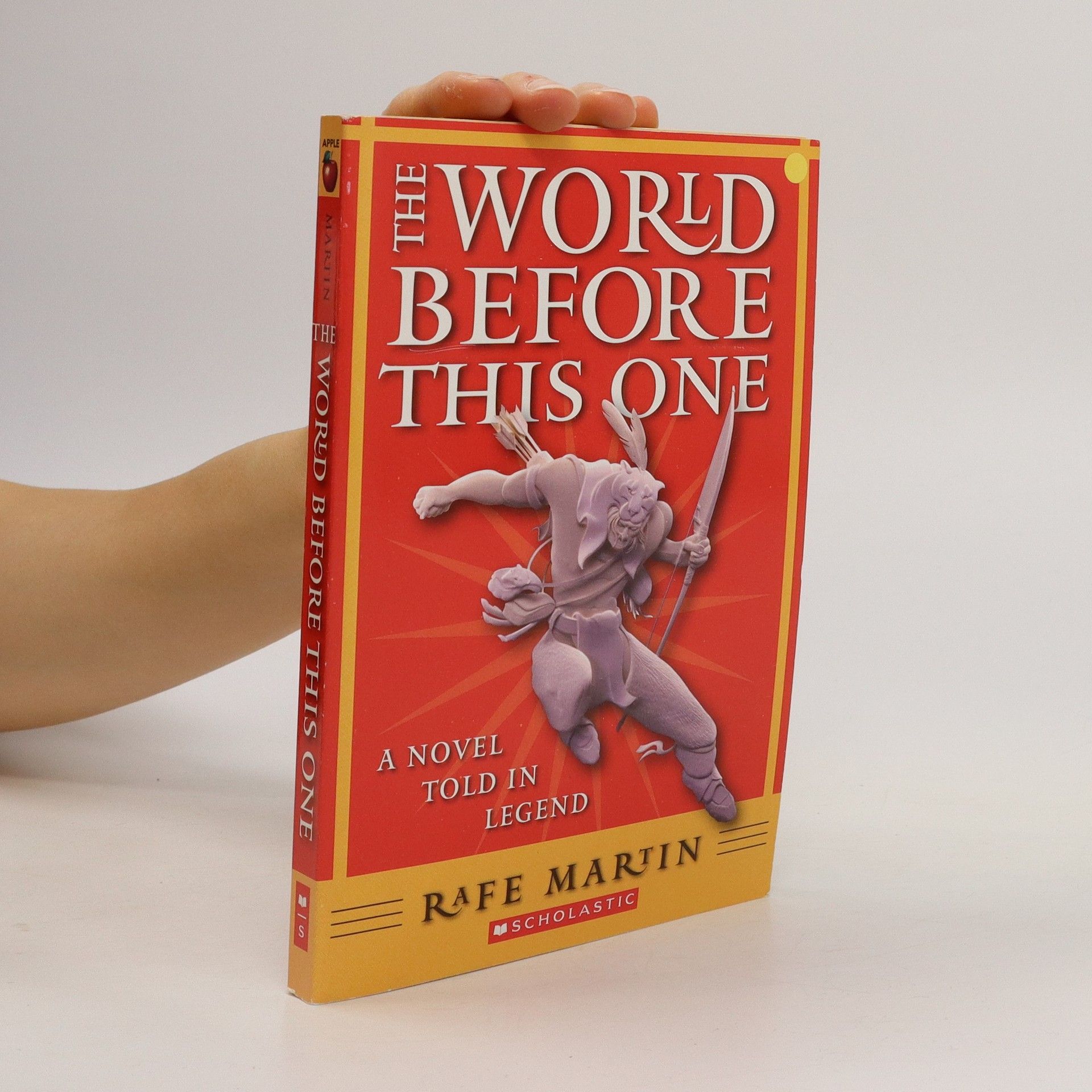The Brave Little Parrot
- 32 stránek
- 2 hodiny čtení
How can you save a burning forest with just sprinkles of water? This timeless Buddhist tale may just have the answer! In this ancient tale of one of the Buddha’s past lives, the Buddha is born as a little gray parrot who takes it upon herself to save her beloved forest home from a raging fire. Even though she can only sprinkle drops of water onto the blaze, her perseverance, courage, and compassion change everything, eventually saving the forest in an unexpected way. Zen teacher and acclaimed storyteller Rafe Martin and award-winning illustrator Demi render this centuries-old classic into a beautiful and timeless tale that will inspire all of us to find our own bravery and to act selflessly for the benefit of all.

